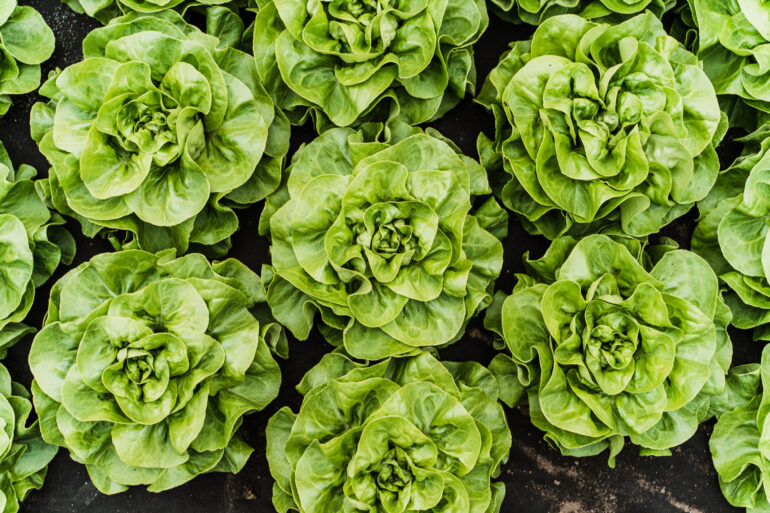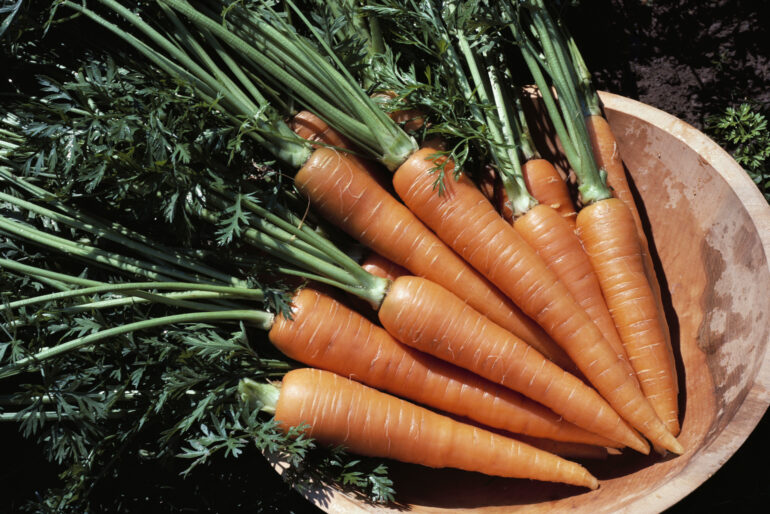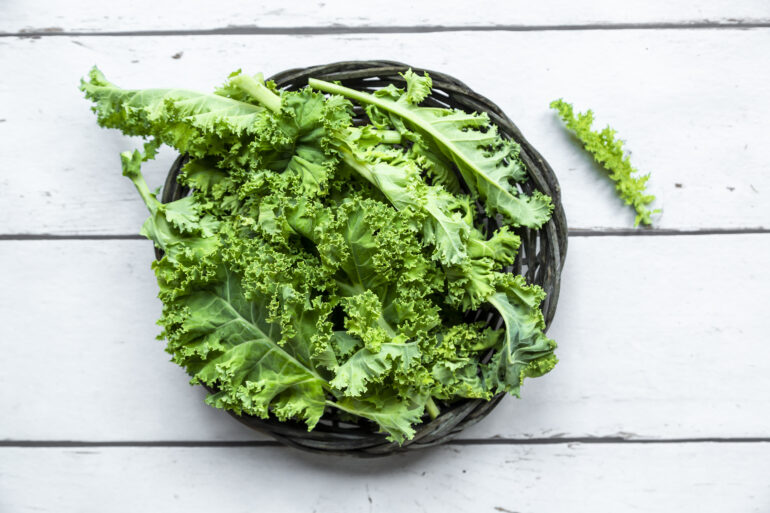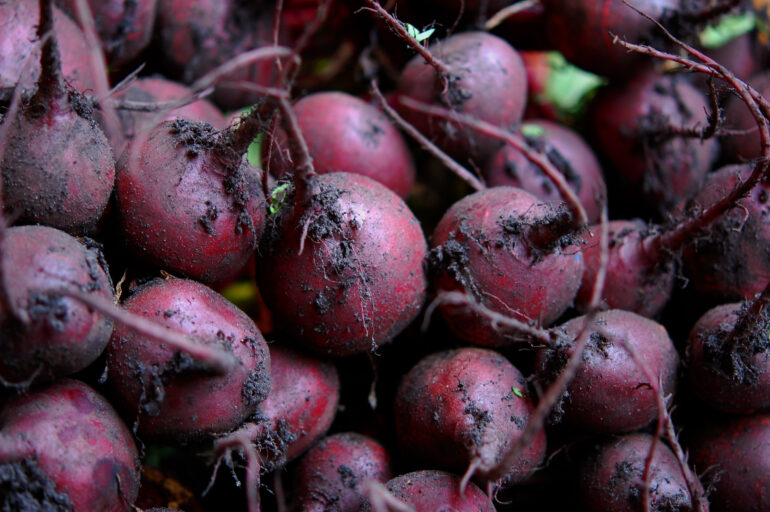Whether you’re an experienced gardener or a green first-timer, there are few things as exciting as growing and eating home-grown vegetables, but not every veg variety can be planted after the winter has passed. In this article we’re going to look at some of the best vegetables to plant in spring.
Life truly does come alive in spring. The weather gets a little warmer, the nights get a little longer and the first bursts of colour from the daffodils, snowdrops, pansies and snapdragons bring us out of our winter funk. It really does put a spring in our collective steps!
So it’s time to dust off your gardening gloves. You don’t need a huge garden or expert-level knowledge because there are lots of easy vegetables to grow in spring! All they need is soil, warmth and water.
Without further ado, here are the best spring vegetables to plant after the winter.
Lettuce (Lacuta sativa)

Lettuce (Credit: Anna Mardo via Getty Images)
Lettuce is one of the easiest veggies to plant in spring. There are lots of different varieties of lettuce and if you have limited space, the loose-leaf varieties tend to grow well in small areas.
If you want a regular supply through the summer for salads and sandwiches, plant a new batch every few weeks. Eat it as soon as it’s picked because the leaves wilt very quickly.
Spring Onions (Allium fistulosum)

Spring Onions (Credit: Stefania Pelfini, La Waziya Photography via Getty Images)
Like lettuce, spring onions are easy to grow and for a steady summer supply for stir-fries and salads, sow the seeds every fortnight or so. Around the world they are known by various names including green onions, onion sticks, long onions, precious onions and gibbons! When spring vegetables season arrives, these onions are one of the first to be grown. For the best flavour, pick them when they get to about fifteen centimetres tall.
Carrots (Daucus carota)

Carrots (Photo: Roy Morsch via Getty Images)
If you’ve never pulled a bunch of home-grown carrots out of the ground, you’re missing out on one of life’s true pleasures! Perfect in salads, casseroles or crunched on their own, they can be planted very early in the growing season and are among the best vegetables to plant in spring.
They are more resistant to drought than other spring vegetables so don’t need watering too often, and most common varieties are ready in about three months. Some of the more specialised varieties can take a little longer.
Kale (Brassica oleracea var. acephala)

Fresh kale, ready to be cooked. (Credit: lacaosa via Getty Images)
Of all the spring vegetables to plant, kale can be done very early because it can usually withstand hard frost. In fact it’s said that the flavour of kale – usually very robust and earthy – is sweeter if it has been grown when the ground is covered with frost. It takes around three to four months to grow and can be cooked like spinach or served with butter and flavoured oils for a great accompaniment to meat and pasta.
Beetroot (Beta vulgaris)

A bumper crop of Beetroots (Credit: Melanie Major via Getty Images)
Beetroot can be planted really early, in fact as soon as the soil can be worked. It is one of the best veggies to plant in spring, as well as one of the tastiest! The earthy root is the most often used part of the plant, but the leaves can be wilted like spinach or kale.
It takes around two to three months to grow and it is one of the most versatile vegetables in the spring vegetables season. It can be eaten raw, boiled, roasted, steamed or pickled, as well as being an ingredient in smoothies, and even cakes!
Rhubarb (Rheum rhabarbarum)

Rhubarb (Credit: Westend61 via Getty Images)
Even though its most famous location is in a steaming hot crumble with lots of sugar and lashings of vanilla custard, rhubarb is technically a vegetable because it’s an edible plant. However there is much debate about which side of the fence it sits.
In the list of easy vegetables to grow in spring, rhubarb comes close to the top. Only the pink stems are edible. The leaves contain oxalic acid which is toxic to humans and should be discarded. It can take up to two years to fully form once the plants are established but when they are, it is the gift that keeps giving, year after year. It can usually cope with cold weather and is usually disease and insect-free.
So there we have it, some of the best vegetables to plant in spring.












